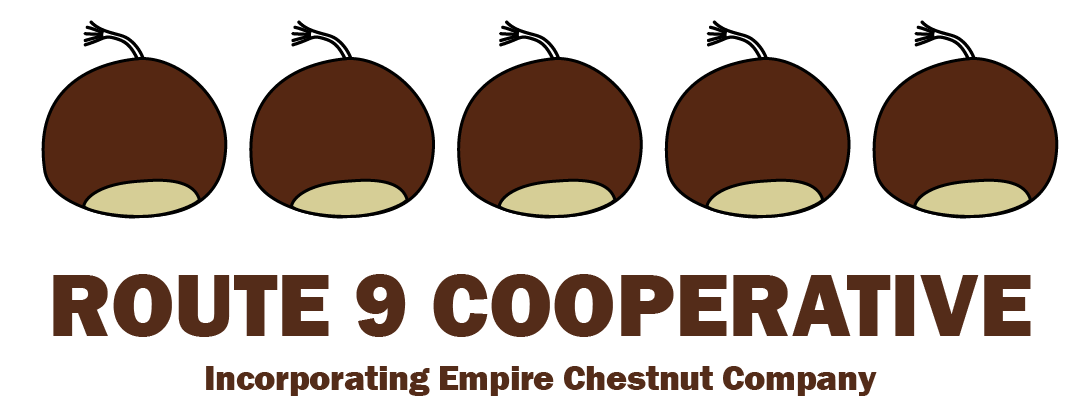Your cart is currently empty!
Chestnut Products: Dried Kernels, Flour, Fresh Peeled Kernels
After harvest, some of our smaller chestnuts and chestnuts with shell defects are dried and peeled with our own peeling process. The dried, peeled kernels are graded to remove bad ones. Fresh peeled chestnuts are soft and chewy enough to eat without cooking. They have dried just enough to concentrate the sugars, resulting in an irresistible snack! Fresh peeled chestnuts should be refrigerated upon arrival.
We offer whole dried kernels and kernels ground into chestnut flour. It takes 3 lb of fresh chestnuts to yield 1 lb of dried kernels or flour. Both of these products are grain-like and shelf stable. However, because they contain unsaturated fats, they can become “stale” (rancid) after long periods at warm temperatures. So, we store the kernels and flour in the freezer. These dried products are available all year until we run out.
Before they can be used, dried chestnuts must be rehydrated by simmering them in water for 30 minutes where they double in size – comparable to dried beans.
Chestnut flour is gluten-free and is often used as an ingredient in cookies, pasta, pancakes, and cakes. Chestnut flour can be converted to chestnut puree by adding an equal volume of water and heating in a microwave. Chestnut puree or chestnut flour adds the flavor of chestnuts to baked goods. Substitute chestnut flour or puree for some portion (usually less than 50%) of wheat flour, or as a complete substitute for corn meal or oat flour. Chestnut flour weakens the dough, and therefore, must be used sparingly in yeast breads. However, its texture and sweet flavor make wonderful pancakes, muffins, and pastries.
